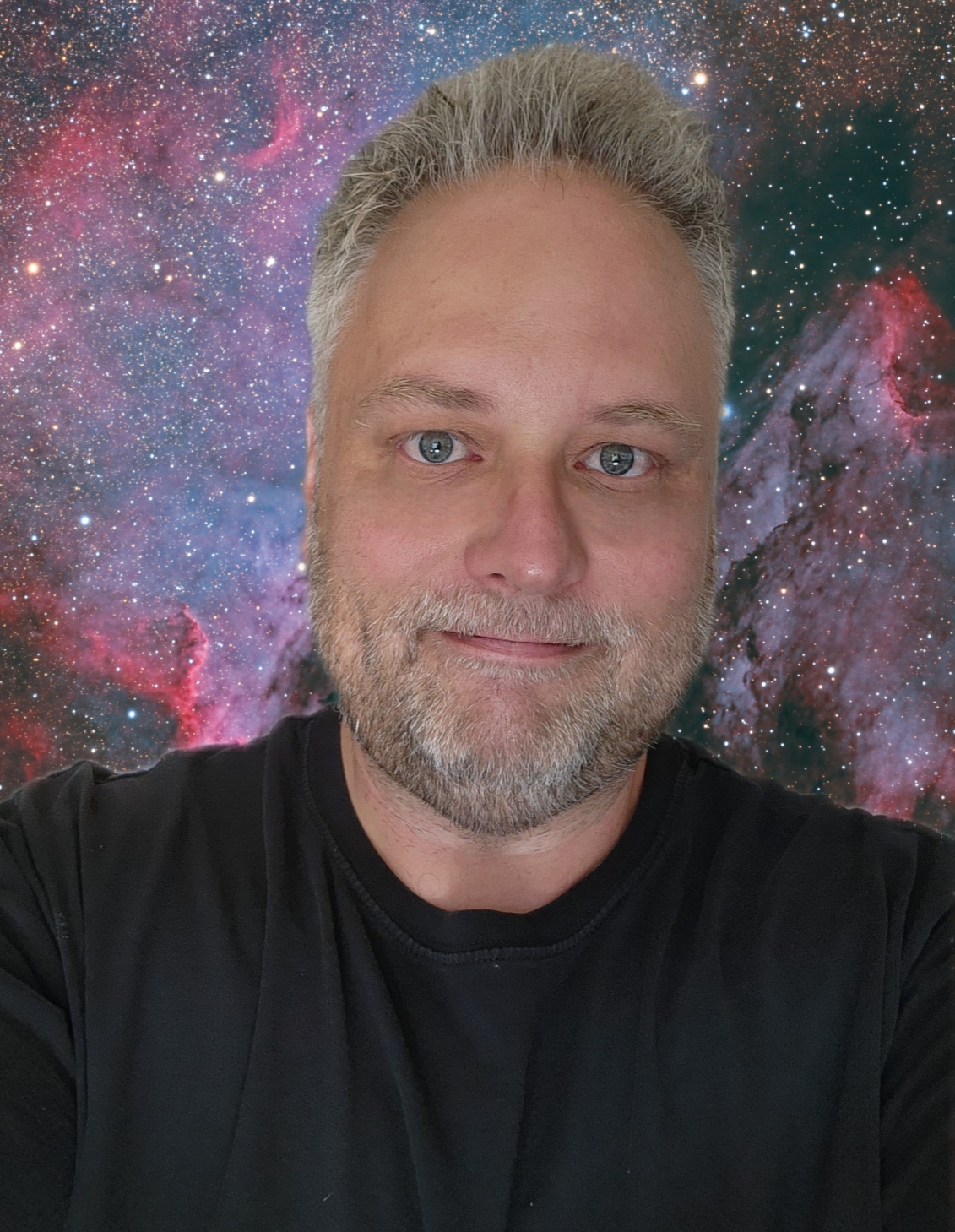No products in the cart.
It’s been quite some time since I imaged this region of space. Nearly 10 years much to my surprise as I thought about it. Returning once again to the Horsehead and Flame Nebulae, I found myself armed with a new equipment and a new set of imaging and processing skills than previous.

Imaging this deepsky object is challenging for me as the constellation of Orion for most of the Winter season is behind trees for me. I get some time on it the early morning hours after it’s passed the tree and really it’s evenings in March in order to be able to image it earlier. I also only have 2-3 hours max each night before it dip to low behind rooftops. This combined with weather and a short imaging window before it dips to low to the horizon, makes it really difficult to gather data on.
It took me 4 nights over the period of almost a month to gather enough Ha and RGB data to produce this image. It was well worth the effort though.
 Horsehead Nebula (Barnard 33) is an infamous dark nebula in the constellation Orion. The Horsehead nebula is located just to the south of Alnitak, the easternmost star of Orion’s Belt. Williamina Fleming was the first to record it in 1888 on a photographic plate taken at the Harvard College Observatory. She was a Scottish astronomer. She started out as a housemaid with no scientific training or qualifications. It gets its name from having the appearance of a horse’s head.
Horsehead Nebula (Barnard 33) is an infamous dark nebula in the constellation Orion. The Horsehead nebula is located just to the south of Alnitak, the easternmost star of Orion’s Belt. Williamina Fleming was the first to record it in 1888 on a photographic plate taken at the Harvard College Observatory. She was a Scottish astronomer. She started out as a housemaid with no scientific training or qualifications. It gets its name from having the appearance of a horse’s head.
I thought this was fascinating. This is Horsehead Nebula, taken with an 8-inch Bache Astrograph, at Harvard College Observatory on the February 6h, 1888!
Nearby lies the Flame Nebula (NGC 2024). In front of the bright glowing center is dark gas and dust and this is what creates the dark network that appears in the center of the nebula, giving its appearance of a flame.
The Horsehead nebula is thought to be around 1500 light years from Earth. While the Flame nebula is estimated at 900-1500 light years distant.
What do you think? Have you imaged the Horsehead and Flame Nebulae? How did it go? Comment below and let me know.
Clear skies!
The astro gear I use…
Skywatcher Esprit 100 F5.5 Triplet refractor telescope http://bit.ly/36w1F7Y
Raptor61 https://bit.ly/3m4Jb5e
William Optics Zenithstar APO refractor telescope http://bit.ly/2JRM1tR
Moravian G3 16200EC CCD w/ 5 position FW http://bit.ly/2PL0qvK
QHY168C 16mp cooled cmos camera http://bit.ly/2NkkKTb
QHY268C 26mp cooled cmos camera https://bit.ly/37OeYS5
Optolong L-eXtreme filter https://bit.ly/2VLvEF4
Optolong L-R-G-B 2″ filters http://bit.ly/32a9Gfu
Optolong L-eNhance filter http://bit.ly/32a9Gfu
Optolong L-pro filter http://bit.ly/32a9Gfu
Triad Quadband Ultra Filter http://bit.ly/2CbQXWh
Skywatcher EQ6 mount http://bit.ly/2C9lap1
Skywatcher Star Adventurer http://bit.ly/2C9Fwyi
Pegasus Astro Focus Cube http://bit.ly/2qonGow
Pegasus Astro Pocket Powerbox Advance https://bit.ly/3aTBUiO
Orion Starshoot Autoguider http://bit.ly/34z6pbh

My story began more than 40 years ago looking up at the Moon with a small telescope my Father had. Encouraged by my parents, who bought me my very own telescope, a 4.5″ reflector, I began to explore the night sky from my family home backyard. Today I do astrophotography from my home in Kitchener, Ontario and also with remote telescopes located in New Mexico and Australia. Some of my images have won awards and have been featured online and in magazines.





Leave a comment...